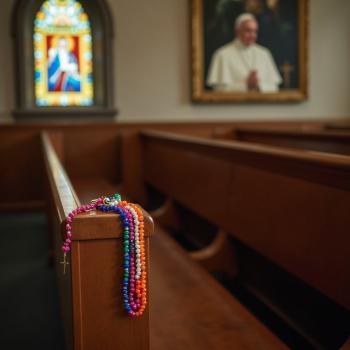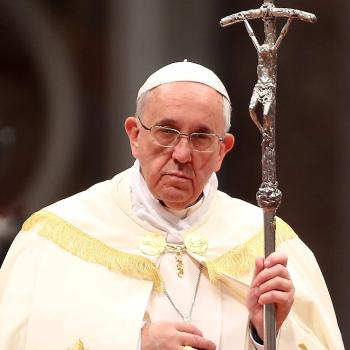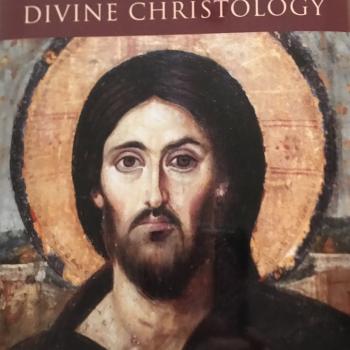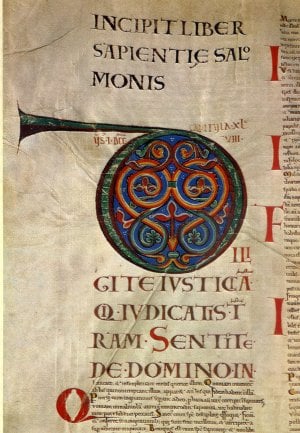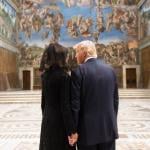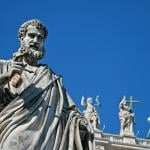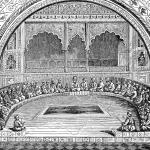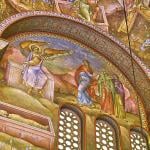 Times are tough in the city of Detroit. An emergency manager has been appointed, to help stave off bankruptcy. The City Council has lost several of its members, including Council President Charles Pugh, who has been AWOL on the West Coast following accusations of an inappropriate relationship with a high school student he mentored; and Gary Brown, President Pro Tem, who left the Council to take a position with the emergency manager. Councilman Kwame Kenyatta also resigned recently.
Times are tough in the city of Detroit. An emergency manager has been appointed, to help stave off bankruptcy. The City Council has lost several of its members, including Council President Charles Pugh, who has been AWOL on the West Coast following accusations of an inappropriate relationship with a high school student he mentored; and Gary Brown, President Pro Tem, who left the Council to take a position with the emergency manager. Councilman Kwame Kenyatta also resigned recently.
Add to that rising crime and falling revenues, urban flight, unsustainable cash flow shortages and miserably low credit ratings, a crumbling infrastructure, and what Emergency Manager Kevin Orr termed “extremely low” efficiency, effectiveness and morale” and outdated equipment and technology in the Detroit Police Department, and frequent closures of Fire Department facilities due to staffing and equipment constraints, some 60,000 vacant parcels of land and 78,000 vacant buildings, and it’s hard to imagine how the city will generate the enthusiasm and vigor needed for a turn around.
With my hometown facing such an unfathomable mess, I thought I’d bring up a post from the past: Finding God in the city.
* * * *
Separation of church and state? Once upon a time, our national and local governments were not afraid to allow religious expression in public buildings, parks, and offices. Two such public images are Marshall Fredericks’ The Spirit of Detroit, symbol of hope for the city, and Swedish-born sculptor Carl Milles’ Hand of God, a memorial tribute to Frank Murphy.
THE SPIRIT OF DETROIT
 Affectionately dubbed the “Jolly Green Giant,” The Spirit of Detroit sits cross-legged on Woodward Avenue, the long concrete zipper that divides Detroit into east and west. A hunky bronze superhero, The Spirit of Detroit guards the milky marble edifice once called the City-County Building, but now renamed in honor of Detroit’s former mayor, Coleman A. Young.
Affectionately dubbed the “Jolly Green Giant,” The Spirit of Detroit sits cross-legged on Woodward Avenue, the long concrete zipper that divides Detroit into east and west. A hunky bronze superhero, The Spirit of Detroit guards the milky marble edifice once called the City-County Building, but now renamed in honor of Detroit’s former mayor, Coleman A. Young.
Created by artist Marshall Fredericks and installed in 1958, The Spirit of Detroit was inspired after 2 Corinthians 3:17:
“Now the Lord is that Spirit, and where the Spirit of the Lord is, there is liberty.”
“I tried to express the spirit of man,” explained Fredericks, “through the deity and the family.”
The Spirit of Detroit stands 26’ tall—or rather, sits 26 feet tall. Were he to stretch his burly legs and stroll across Woodward Avenue to court the lithe bronze dancer in front of the Gas Company building, he’d probably reach a full 35 feet in height. The large seated figure holds in its left hand a gilt sphere emanating rays, intended by Fredericks to symbolize God and creation. In its right hand is a family group, symbolizing all human relationships.
On the curved wall behind the statue are the seals of the city and the county. A plaque in front of the sculpture is inscribed,
“The artist expresses the concept that God, through the spirit of man is manifested in the family, the noblest human relationship.”
HAND OF GOD
 Another expression of faith displayed unapologetically in the public square is Carl Milles’ Hand of God–a tribute to Detroit’s iconic public figure, William Francis (Frank) Murphy.
Another expression of faith displayed unapologetically in the public square is Carl Milles’ Hand of God–a tribute to Detroit’s iconic public figure, William Francis (Frank) Murphy.
Frank Murphy held more public posts than any other Michigan native. At the time of his death in 1949, he had served as governor, judge, U.S. Supreme Court associate justice, U.S. Attorney General, Detroit mayor, and Philippines high commissioner.
He was a friend to organized labor, supporting the United Auto Workers during the tumultous years when unions were just forming. The $65,000 statue was largely funded by contributions from labor unions and workers.
The sculpture depicts a giant left hand, fingers outstretched. A nude male figure stands atop the thumb and forefinger—his hands extended in surprise. At the time the statue was presented to the city, some critics were offended by the nudity; so the statue was not immediately displayed. Eleven years after its completion, with the support of Marshall Fredericks, Milles’ creation was mounted on a black marble block and finally exhibited in front of Detroit’s Frank Murphy Hall of Justice.
It’s reported that sculptor Milles gave several different explanations for the piece. One popular story is that when asked about its meaning, Milles replied:
God the Father told the young man: Look around the world and then make something good out of your life.



